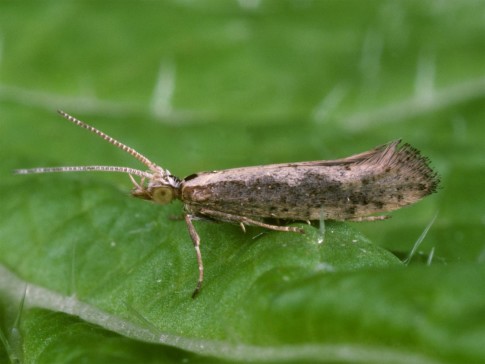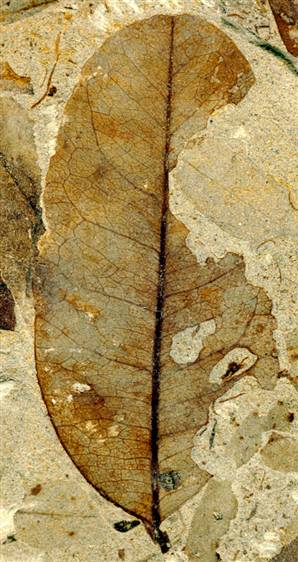– Warning of ‘ecological Armageddon’ after dramatic plunge in insect numbers:
Three-quarters of flying insects in nature reserves across Germany have vanished in 25 years, with serious implications for all life on Earth, scientists say
The abundance of flying insects has plunged by three-quarters over the past 25 years, according to a new study that has shocked scientists.
Insects are an integral part of life on Earth as both pollinators and prey for other wildlife and it was known that some species such as butterflies were declining. But the newly revealed scale of the losses to all insects has prompted warnings that the world is “on course for ecological Armageddon”, with profound impacts on human society.
Read moreWarning of ‘ecological Armageddon’ after dramatic plunge in insect numbers










